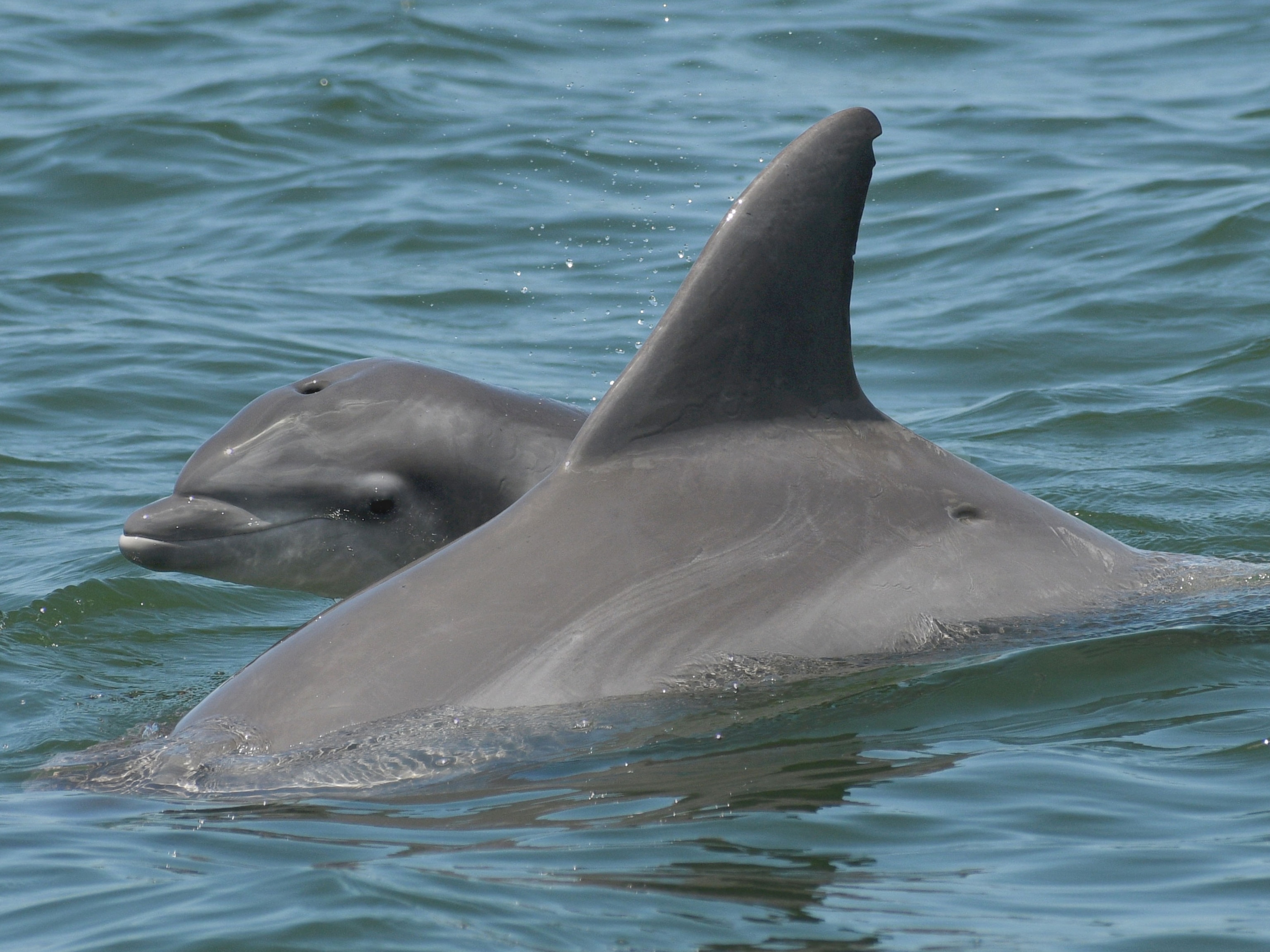
As Koalas Suffer From Chlamydia, A New Clue For Treatment
Scientists may have discovered how antibiotics can better help Australian marsupials infected with the sexually transmitted disease.
Australia's iconic koala has a problem that keeps boomeranging back.
Chlamydia, a type of sexually transmitted disease also found in humans, has hit wild koalas hard, with some wild populations seeing a 100 percent infection rate.
The infectious bacteria usually aren't fatal, but they can severely impact a koala's health. That's a concern, as the International Union for Conservation of Nature considers the fuzzy mammal vulnerable to extinction, mostly due to habitat loss.
Young koalas in the pouch also get it from eating their mom's pap, a "very nutrient-dense fecal matter" that joeys eat after breastfeeding but before they start on eucalyptus leaves, she says. The pap may allow the koala's gut microbes to digest otherwise toxic tannins in eucalyptus, the species' main food source.
For over two decades, scientists have brought wild koalas into wildlife hospitals to treat their chlamydia with antibiotics. The downside is that the antibiotics may be altering those gut microbes that allow koalas to eat eucalyptus, notes Katherine Dahlhausen, a doctoral student at the University of California, Davis.
That's why Dahlhausen led a recent study investigating the microbiomes of koalas throughout the course of antibiotic treatment. She found that the presence of an unnamed bacterium, closely related to a known tannin degrader, Lonepinella koalarum, was a significant factor in whether a koala survives antibiotic treatment.
This discovery may help her figure out how to keep the protective microbe alive in the koala during its course of antibiotics. (Read how super-gonorrhea is becoming more resistant to drugs.)
What's more, a number of alternative treatments are possible, Dahlhausen notes. These may include a non-antibiotic approach, adding probiotics to treatment to restore the healthy bacteria, fecal transplants, in which stool from a healthy donor is transplanted to restore good bacteria, and a koala-specific chlamydia vaccine, which has done well in clinical trials.
Stressed Out
Alternative treatments are especially important, since handling infected wild koalas can stress them on top of their poor health.
"Any time you handle [a wild] animal, a certain amount of stress will decrease their immune function," says Dalen Agnew, associate professor in the department of Pathobiology and Diagnostic Investigation at Michigan State University.
Koalas also must increasingly cope with an unreliable natural environment, such as drought brought on by climate change and the building of highways, which forces them out of trees and into the way of cars and predators. (Related: "Why Are Koalas Suddenly Drinking Extra Water?")
Less living space can squeeze koalas into smaller, more isolated groups, making it harder to find food and mates that are healthy and genetically diverse.
Have a question about the weird and wild world? Tweet me or find me on Facebook. Weird Animal Question of the Week answers your questions every Saturday.





